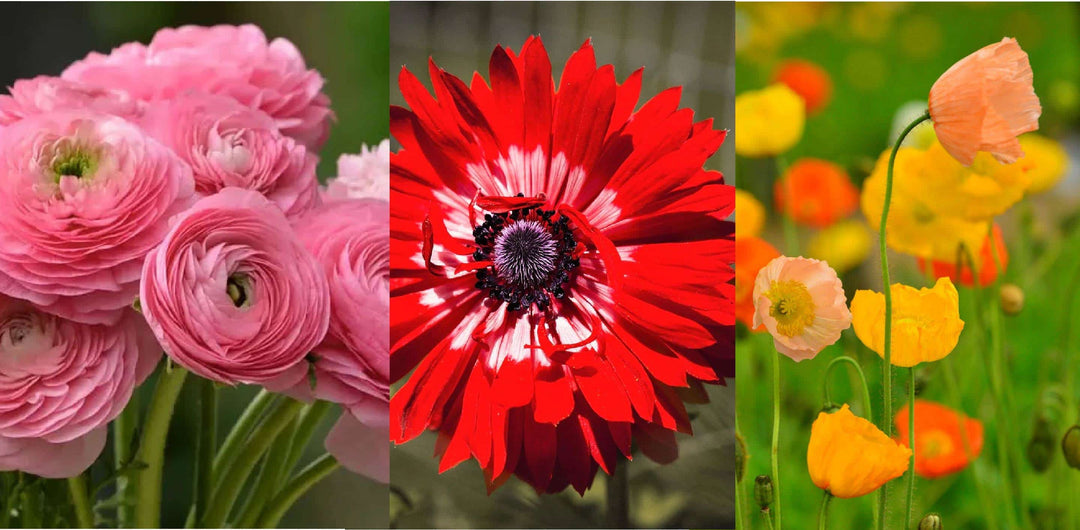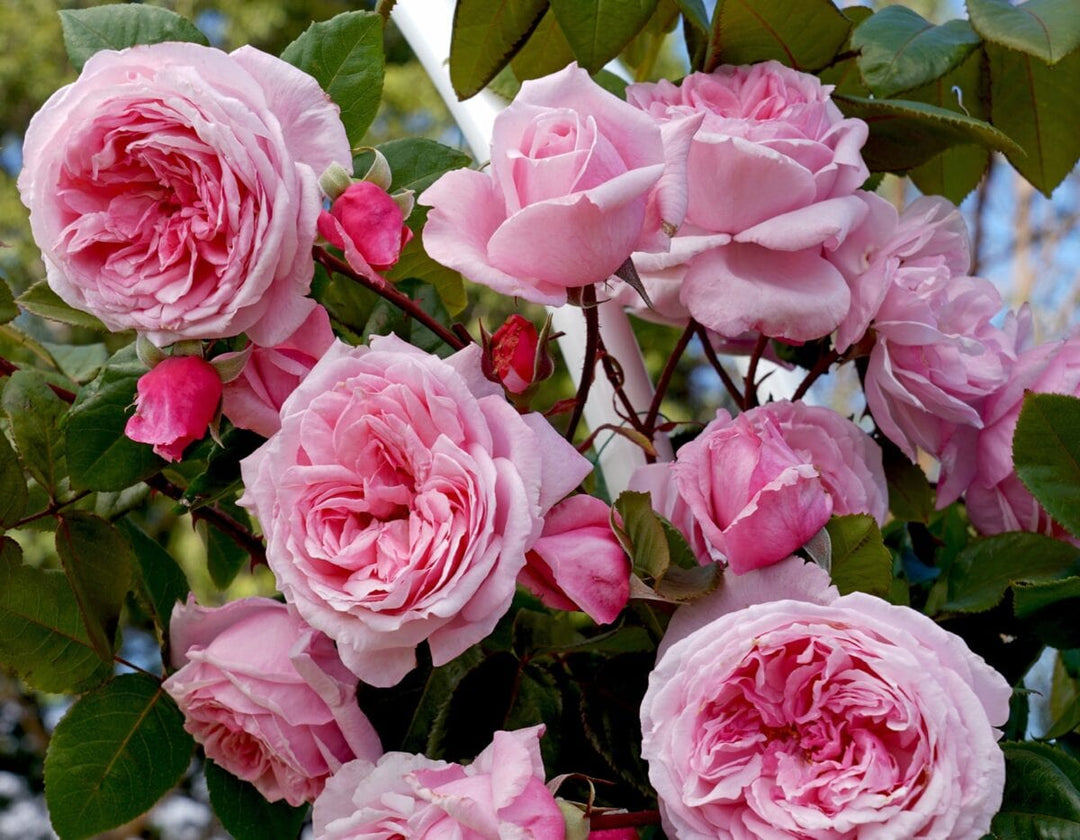Raspberry Plants 101
When it comes to growing small fruit plants, raspberries are one of the easiest growers. They provide an impressive harvest and they're freezable, giving you a constant supply of berries all year round! These versatile berries are easy to pick, low in sugar, cold and heat tolerant, self-pollinating, thornless and are a great source of nectar for bees. If raspberry jam, smoothies, pies, salad and yogurt toppings are on your menu, growing raspberries is going to save you some money and time at the grocery store. In this article, we're going to help you with what you need to know to get started on your very own raspberry bush this year.
About Raspberry Plants
With over 200 varieties, there is more than meets the eye when it comes to raspberry plants. Raspberries belong to the Rosacea family and are believed to be native to Turkey but can now be spotted growing wild all over the world, including Canada, USA and Europe.
Types of Raspberries
There are two main categories of raspberry plants to consider when planting. The plant you choose will depend on when you are looking to harvest your raspberries and how much.
1. Summer-fruiting - Also known as summer-bearing raspberries, grow fruit on the canes that grew last summer. If you plant your raspberries this year, you can expect raspberries the following summer.
2. Ever-bearing - Also known as fall-bearing raspberries, grow fruit on canes from the summer of the same year. If you plant raspberries this year, you can expect raspberries this autumn.
If you're someone who wants fresh summer fruit, summer-fruiting raspberries are a great choice for you. If you're someone who would prefer lots of berries that are worth the wait, ever-bearing raspberries are your best choice. Though, if you ask around it is highly recommended to go with both! Giving you two harvests a year!
Varieties
With over 200 varieties, raspberries can be found in many colours and sizes. Most commonly found in shades of red, wildwood is happy to carry 19 varieties, some with unique shades of yellow, purple and even honey. You can browse through our selection here.
Raspberries, Fall Golden - Everbearing
Raspberries, Black - Summer Bearing
Growing conditions
Grown in zones 3-9, each raspberry variety has its own preference. Typically, red and yellow raspberries prefer cooler climates with black and purple raspberries requiring a little more warmth to survive.
Sun: Although raspberries are willing to tolerate partial shade, they much prefer full sun with at least 6 hours of bright sunshine. The more sun you're able to provide your raspberries, the more fruit you can expect to harvest!
Soil: Raspberries prefer well-drained soil that is rich in nutrients. If your soil is on the heavy-clay side, it would be best to use a raised garden bed to provide proper drainage. Before planting your raspberries, be sure to provide your soil with the proper nutrients by mixing a well-aged compost or general potting compost into your soil before planting. This is especially important, as raspberries need plenty of nutrients to bear fruit. The ideal pH for raspberries is 6.0 and 6.5.
How to Plant Your Raspberries
Have what it takes to grow your very own raspberry plants? We hoped so! Here are the steps you need to get your new raspberry plant rooted and ready to bear as much fruit as possible. Keep in mind that the best time to plant raspberries is in the spring when the soil is workable and the climate is ideal.
1. Find the perfect place for your raspberry plant in full sun with well-draining soil. It is recommended to plant your raspberries against a fence or wall for easier picking. For spacing, be sure rows are 3-4 ft apart with 24 inches in-between plants.
2. Dig a hole the size of the root mass, minus 1 or 2 inches so that the crown of the raspberry plant sits 1-2 inches above the ground.
3. Place your raspberry plant in the hole and loosen the root ball. Cut tightly wound roots to promote better root growth in the new soil.
4. Cover your raspberry plant with well-fertilized soil, water well and cover with mulch to retain moisture.
When first planted, be sure to water often maintaining lightly moist soil avoiding waterlogging the root system. Approximately 1-2 inches a week.
Pruning & Care Tips
- Avoid planting raspberry plants where tomatoes, peppers and potatoes have grown to reduce the risk of verticillium.
- Expect your raspberries to expand and spread.
- Summer-bearing raspberries: prune off old fruiting canes to promote new cane growth.
- Ever-bearing: prune off old fruiting canes in the summer and again in the fall for 2 harvests. For one harvest, no pruning is necessary.
- Watch for insects and be sure to treat infestations immediately. Insects to watch out for are Japanese beetles, Cane borers and Spider mites.
- Keep your plants clear of debris to prevent contamination and disease.











